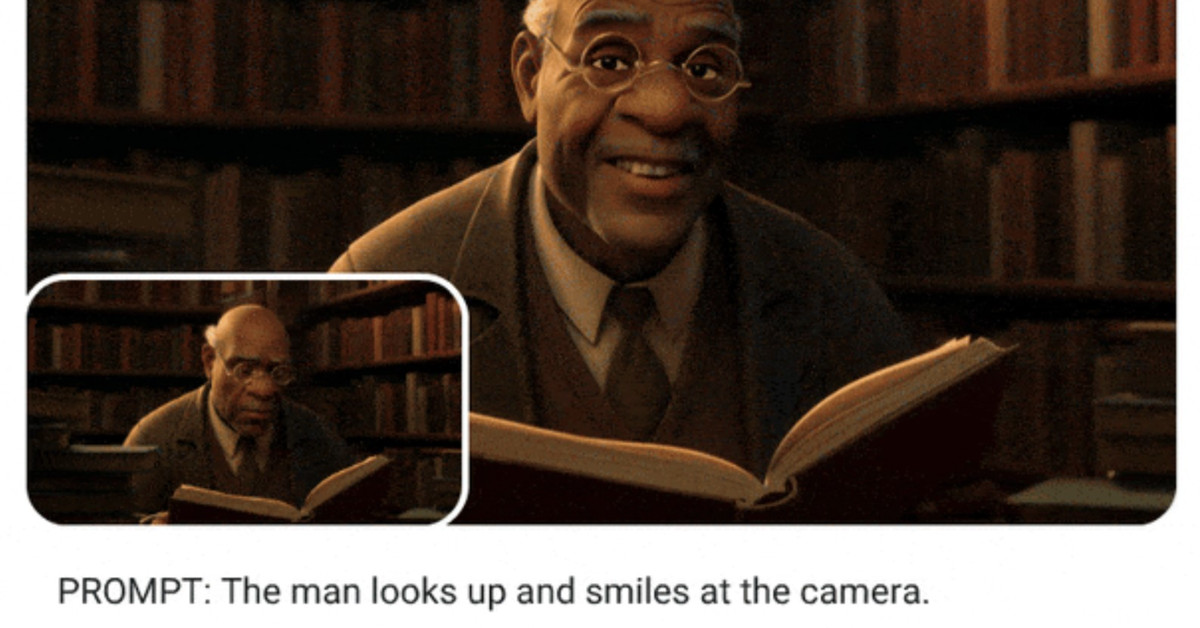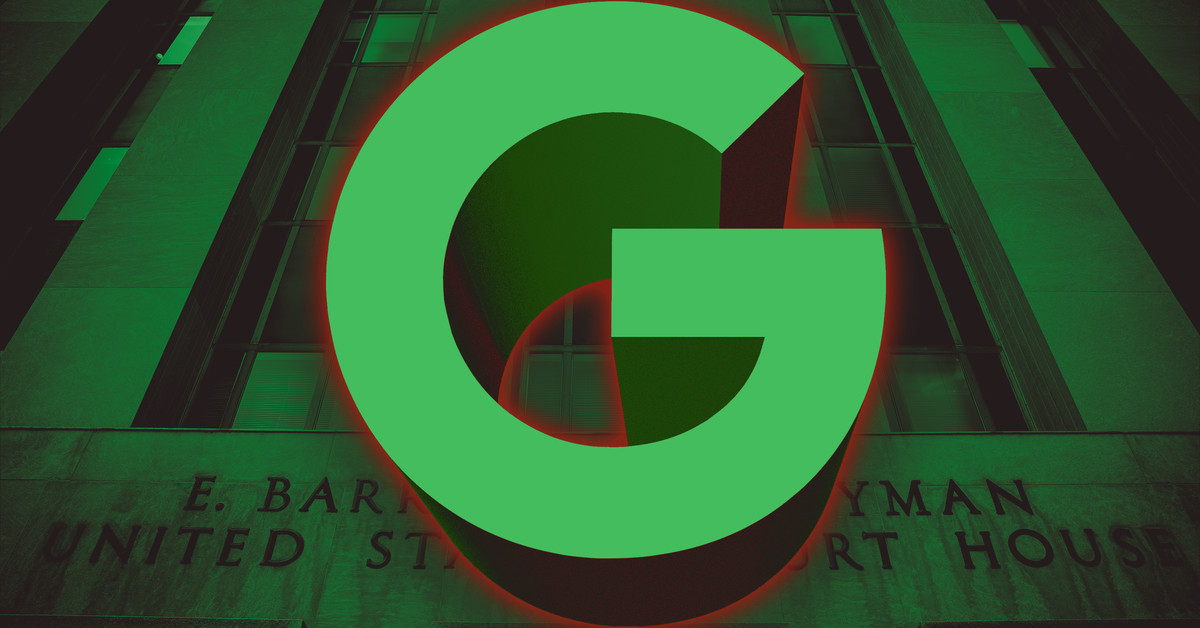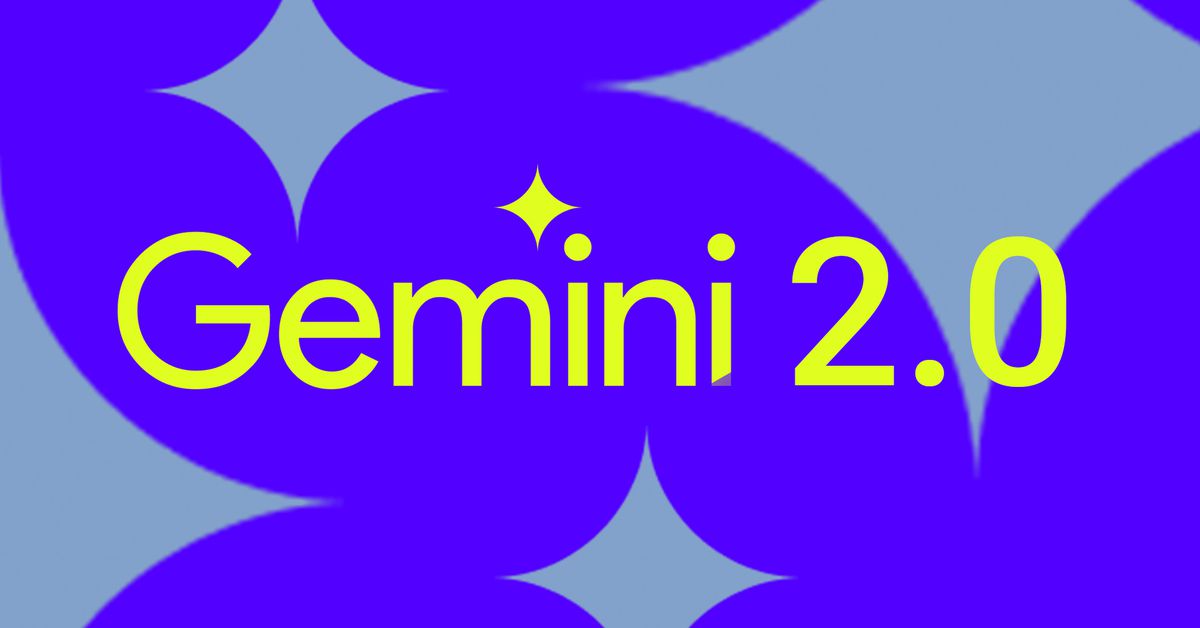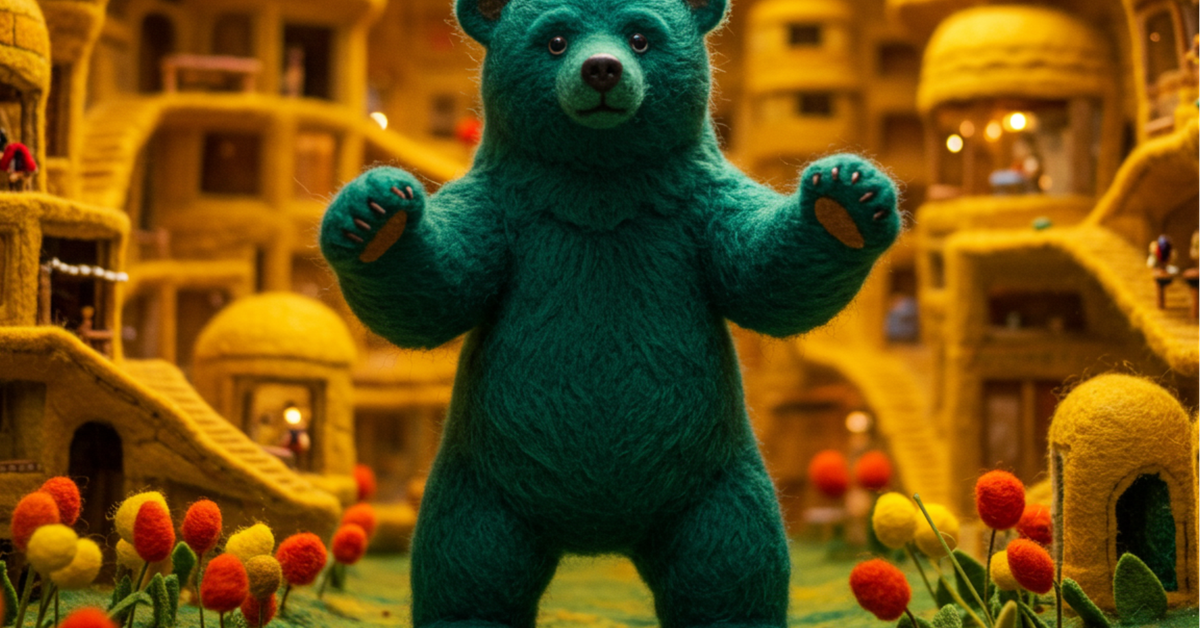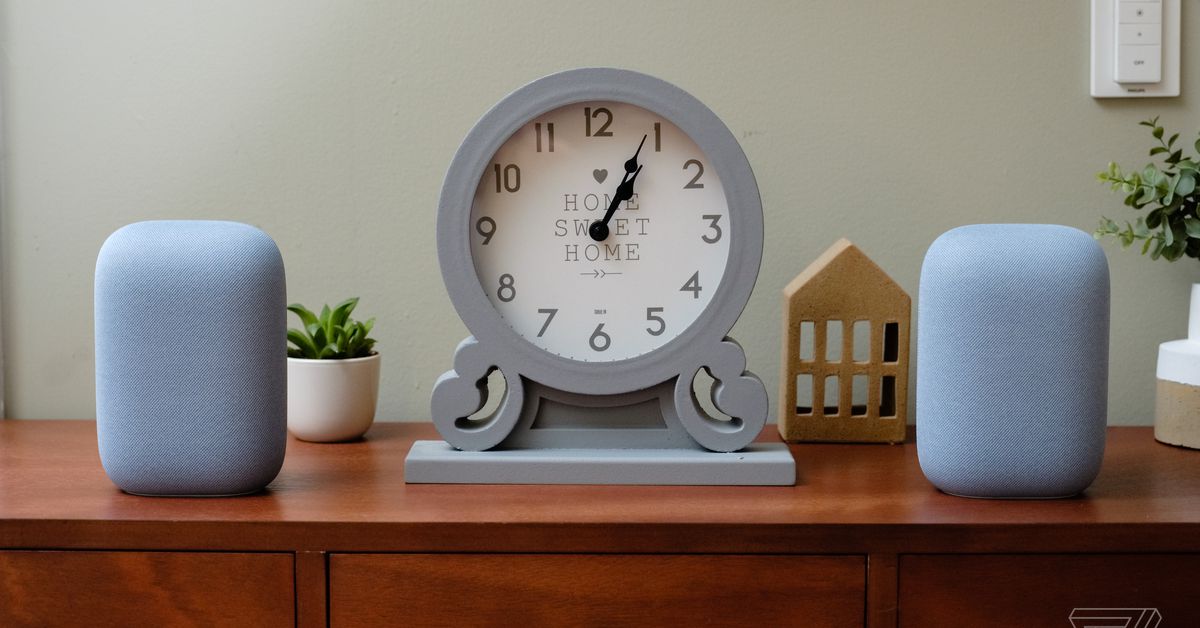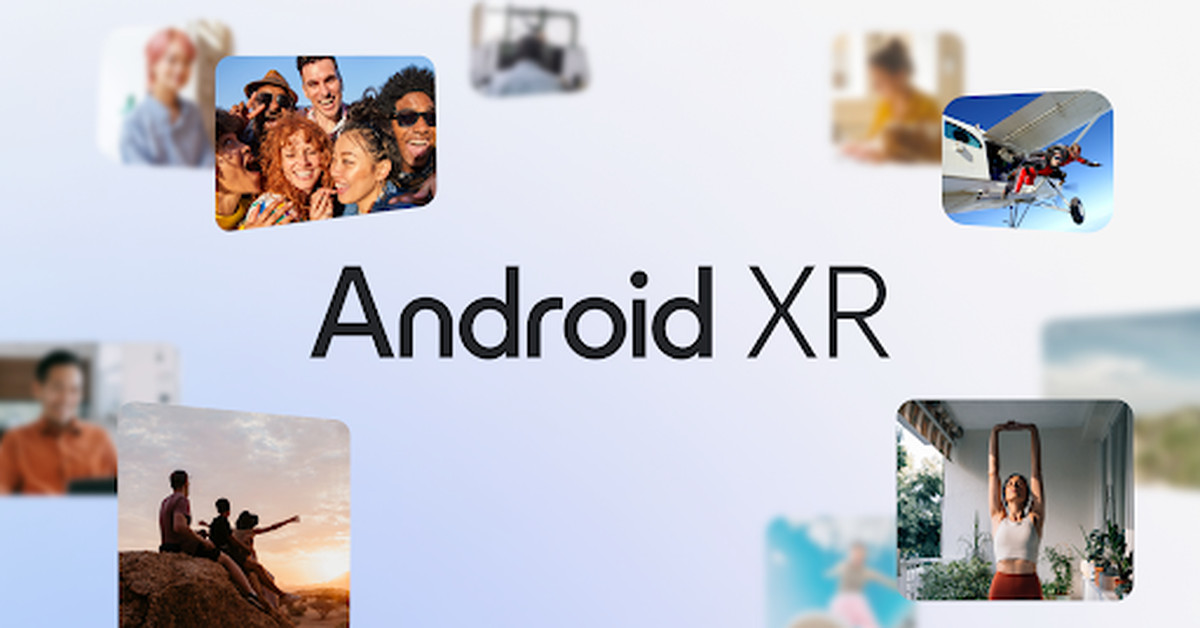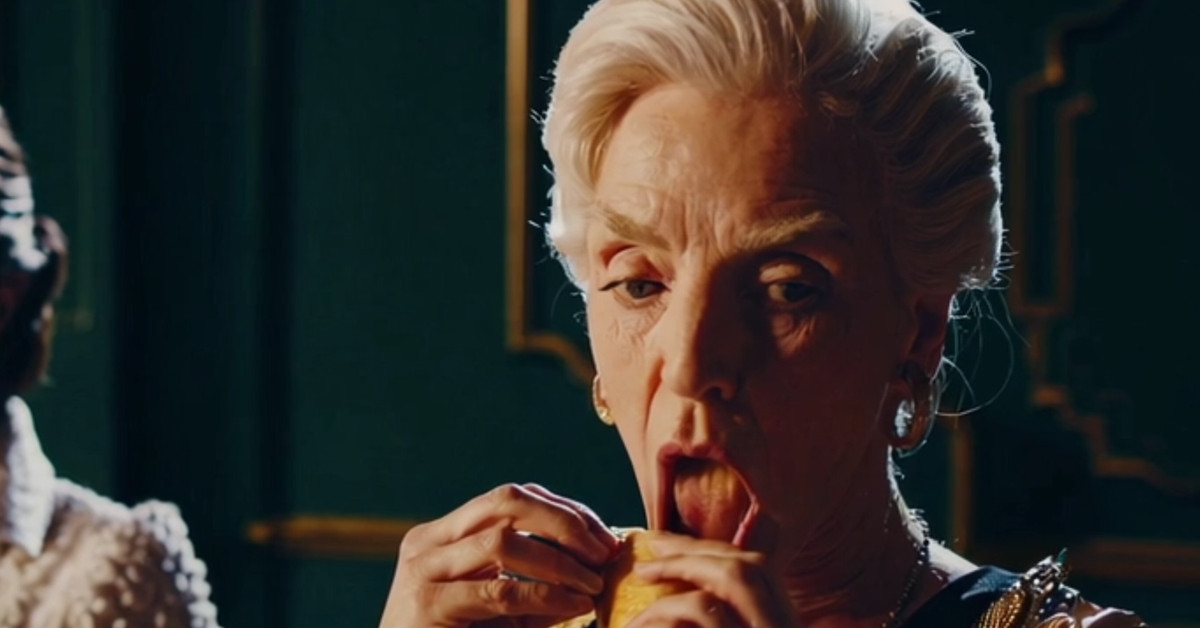Veo is capable of generating “high-quality” 1080p resolution videos in a range of different visual and cinematic styles from text or image-based prompts. When the model was first announced these generated clips could be vaguely “beyond a minute” in length, but Google doesn’t specify length restrictions for the preview release. Some new example clips in Google’s announcement are on par with what we’ve already seen from Veo — without a keen eye, it’s extremely difficult to tell that the videos are AI-generated.
The latest version of Google’s Imagen 3 text-to-image generator will also be available to all Google Cloud customers via Vertex “starting next week,” expanding its initial US release on Google’s AI Test Kitchen back in August. Users on Google’s allow list can also access new features like prompt-based photo editing, and the ability to “infuse your own brand, style, logo, subject or product features” into generated images.
Google says Veo and Imagen 3 carry built-in safeguards to prevent them from generating harmful content or violating copyright protections — though we’ve found the latter wasn’t difficult to bypass. Everything produced by Veo and Imagen 3 is also embedded with DeepMind’s SynthID technology — a kind of invisible digital watermark that Google says can “decrease misinformation and misattribution concerns.” It’s a similar concept to Adobe’s Content Credentials system, which can be embedded into content produced by the creative software giant’s own image and video generative AI models.
With Google’s video model now in the wild, OpenAI is notably behind its competitors and running out of time to make good on its promise to release Sora by the end of 2024. We’re already seeing AI-generated content appearing in ads like Coca-Cola’s recent holiday campaign, and companies have an incentive not to wait around for Sora — according to Google, 86 percent of organizations already using generative AI are seeing an increase in revenue.
